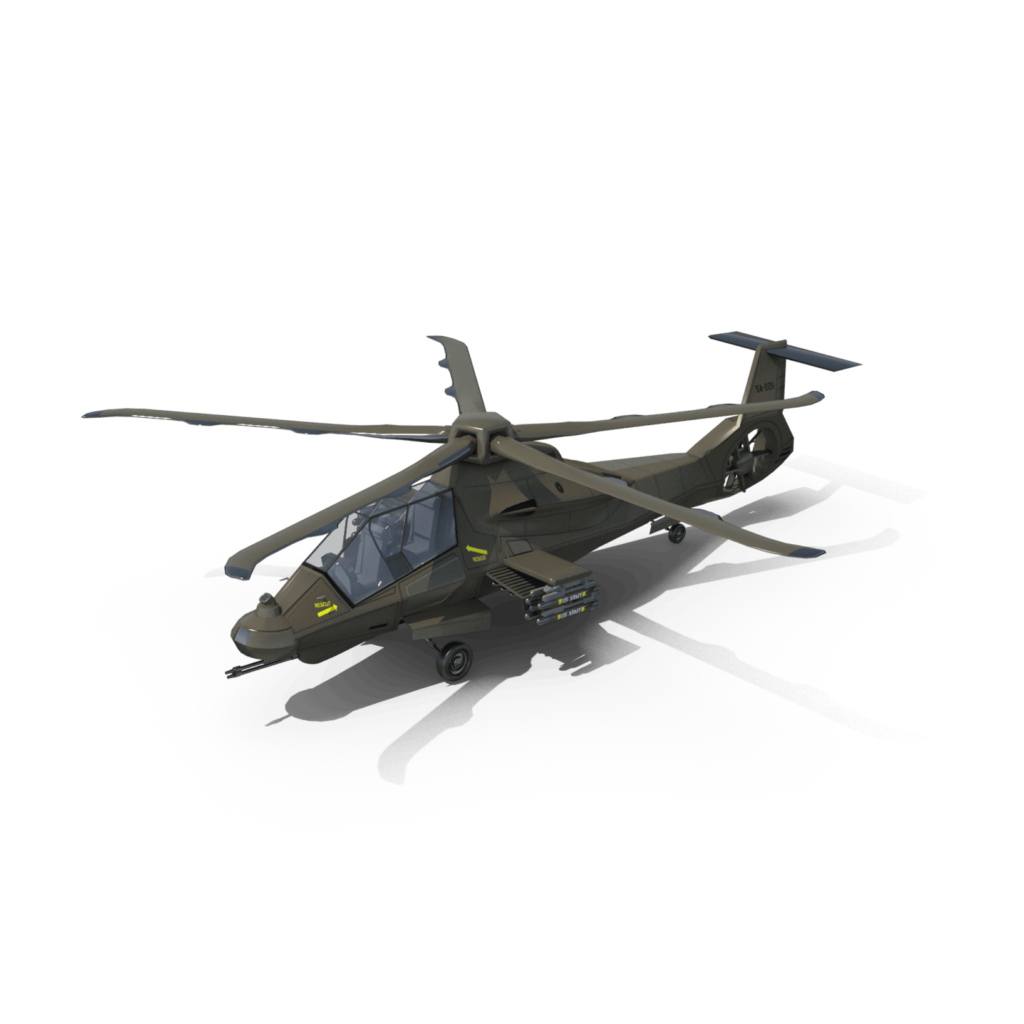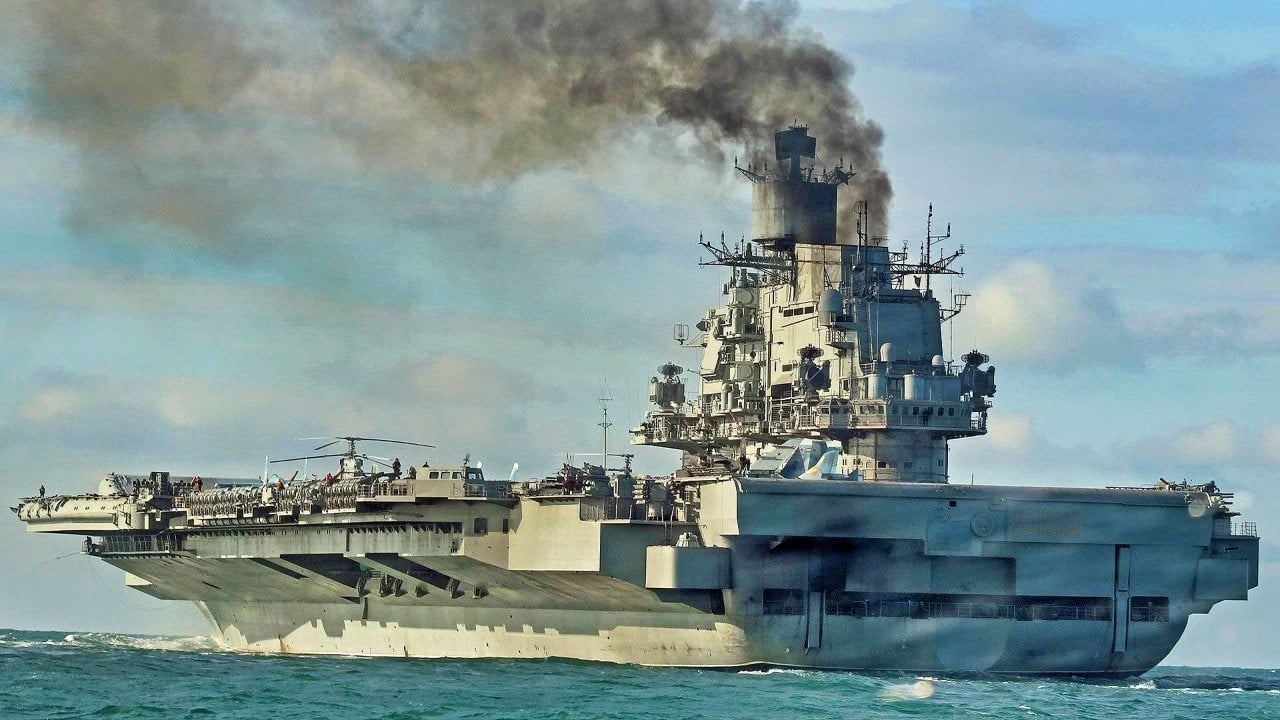
Russia’s Admiral Kuznetsov Aircraft Carrier Has a ‘Black Smoke’ Problem
What You Need to Know: Russia’s only aircraft carrier, the Admiral Kuznetsov, is known for thick black smoke emissions due to its outdated Mazut fuel system, adding to its long list of mechanical issues.
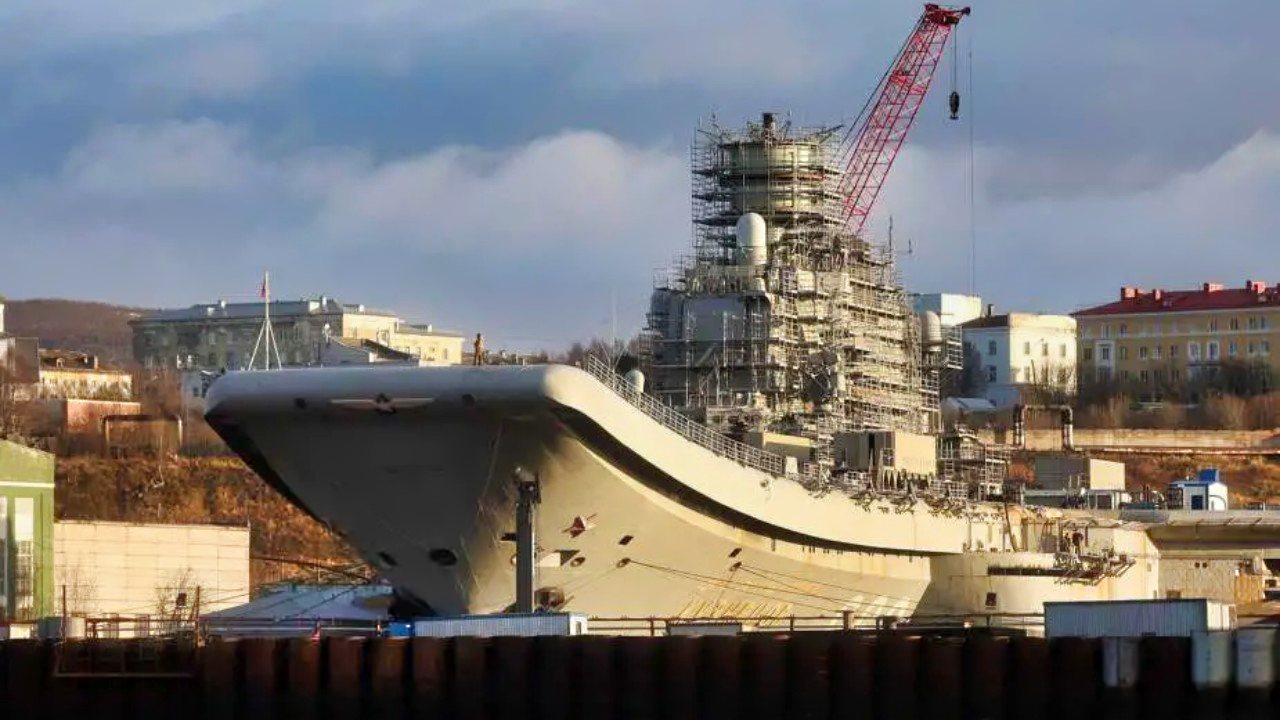
-Currently in dry dock for extensive repairs since 2018, the vessel has faced numerous setbacks, including multiple fires, crane accidents, and allegations of budget embezzlement.
-With a damaged dry dock delaying repair work further, the Kuznetsov’s return to operational status seems unlikely.
-The carrier’s infamous smoke, a relic of its obsolete fuel system, is a testament to its troubled history and Russia’s struggling carrier program.
Russia’s Troubled Aircraft Carrier: Admiral Kuznetsov and Its Black Smoke Plume
As if the deadly mishaps and accidents were not bad enough, this ship belches out an embarrassing amount of thick, black smoke that reminds everyone how clunky the vessel is. I’m talking about Russia’s only aircraft carrier, the Admiral Kuznetsov, that is now in dry dock for many months.
It may not even go out to sea again due to all its maladies.
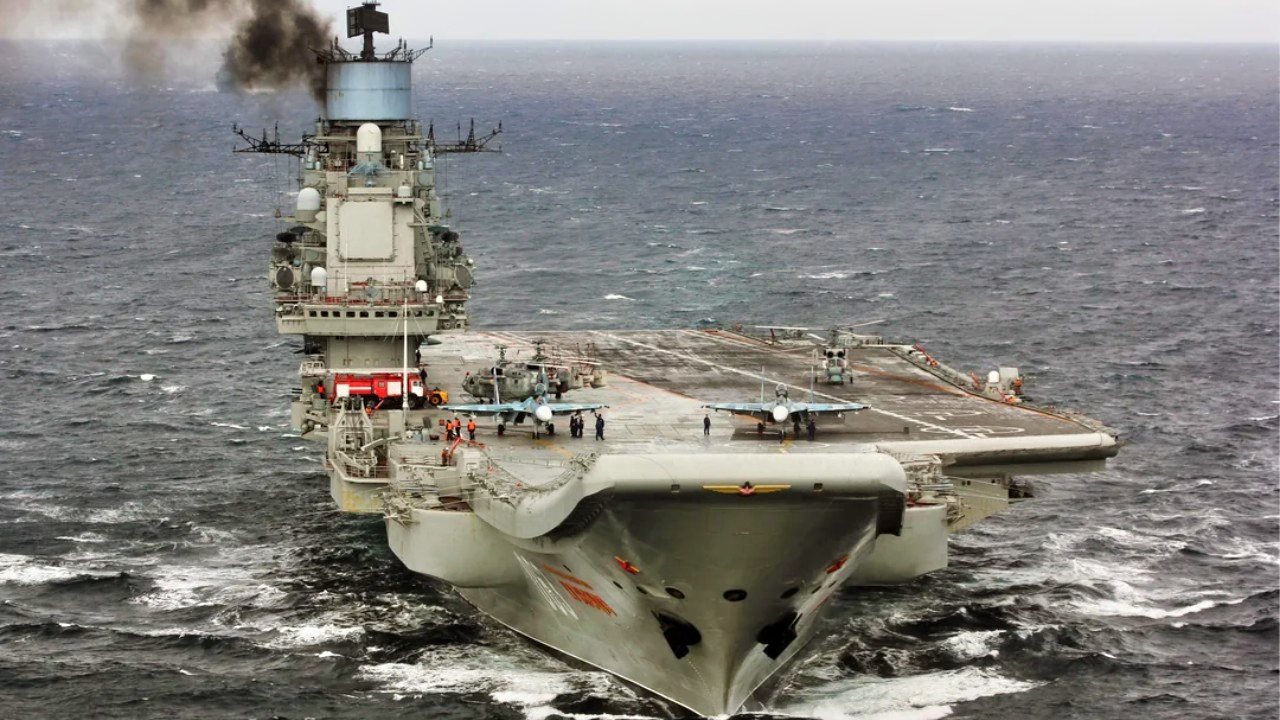
It seems like the Russians are not making carrier operations a priority, which is good for the United States and NATO as the Russian Black Sea fleet currently idles off the coast of Ukraine in danger from further hits from Ukrainian anti-ship missiles.
The Russian Carrier Scores High on the Yuck Factor
One aspect of Russia’s struggling aircraft carrier program is the Kuznetsov’s propensity to throw out a plume of dark smoke when sailing.
The smoke is a telltale sign the ship is steaming when it’s not in hung up in maintenance. This is a curiosity that prompts further investigation.
It’s Called Mazut
The Kuznetsov runs on a thick, smelly, and toxic substance called Mazut. The only other Russian naval ships that are fueled by Mazut are the Sovremenny-class destroyers. Mazut is a heavy oil product that has varying amounts of sulfur which is harmful to the environment.
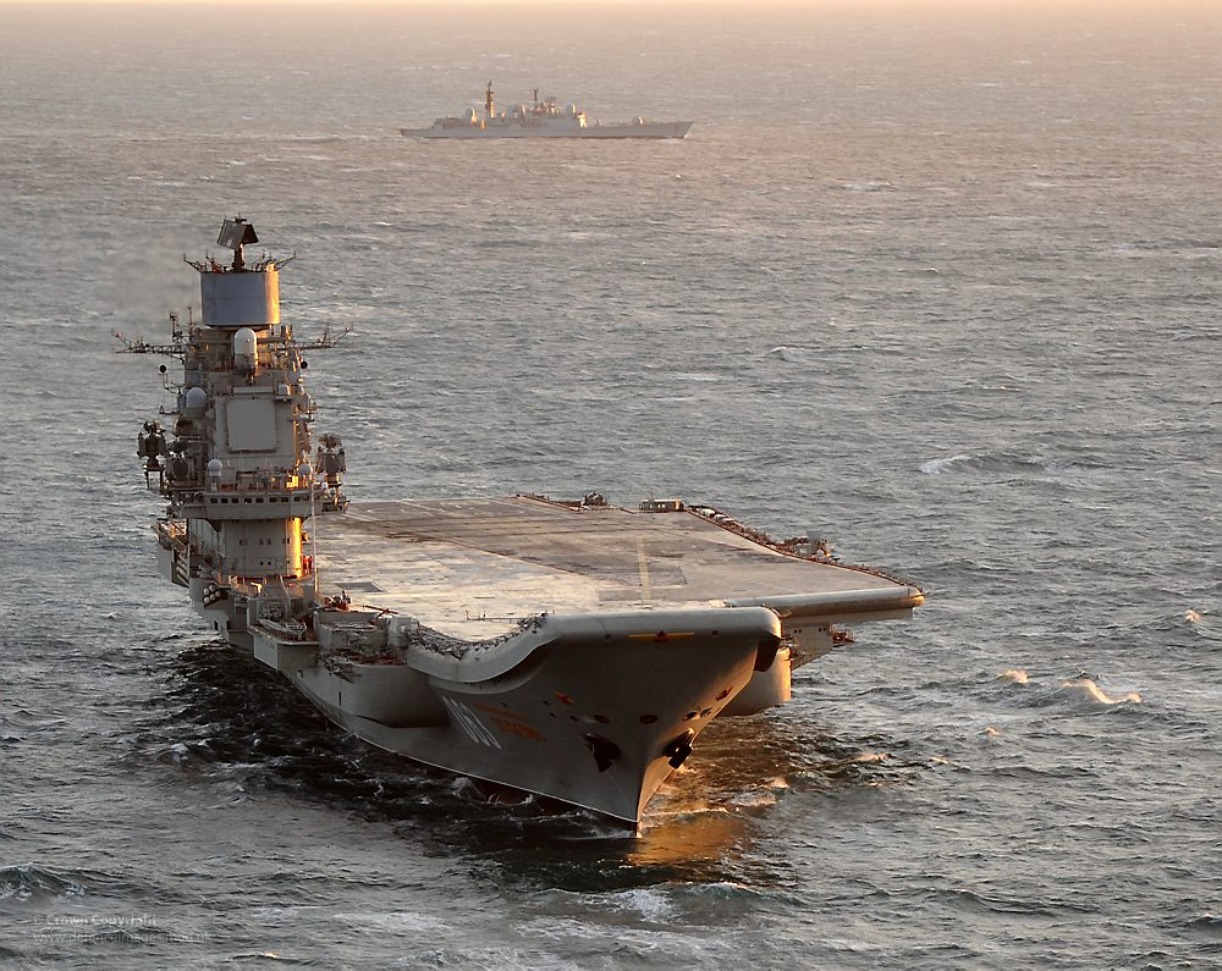
After the fuel refining process, it has a sludge-like residue. Mazut is also classified in the West as “Bunker-B or Bunker-C” very heavy fuel oils.
Hearkens Back to the Old Days of Shipping
Mazut requires a complicated system of boilers and pipes to process.
It is long out-of-date as Western ships began to move away from heavy fuel oils to adopt gas turbine engines for propulsion in the 1960s and 1970s. More advanced navies converted to nuclear power as well.
Pipes and Boilers Are Not Up-to-date
When the Kuznetsov underwent sea trials in the 1990s there were problems with propulsion. Pipes were defective and this contributed to more issues with the boilers. At one point, the Kuznetsov had only one functioning boiler that resulted in a languishing speed of 4-knots.
The boilers are still a problem, and the carrier has resorted to being pulled by tugboats in embarrassing spectacles that happened as recently as 2016.
Can the Russians At Least Try to Fix It?
The boiler difficulties have led to Mazut not being fully combusted and this has been the culprit of all the black smoke. Excess engine lubricant contributes to the problem as well.
The Russians hoped to replace the boilers and the primary diesel generator to help the combustion in 2020, but it remains to be seen if this work has been accomplished.
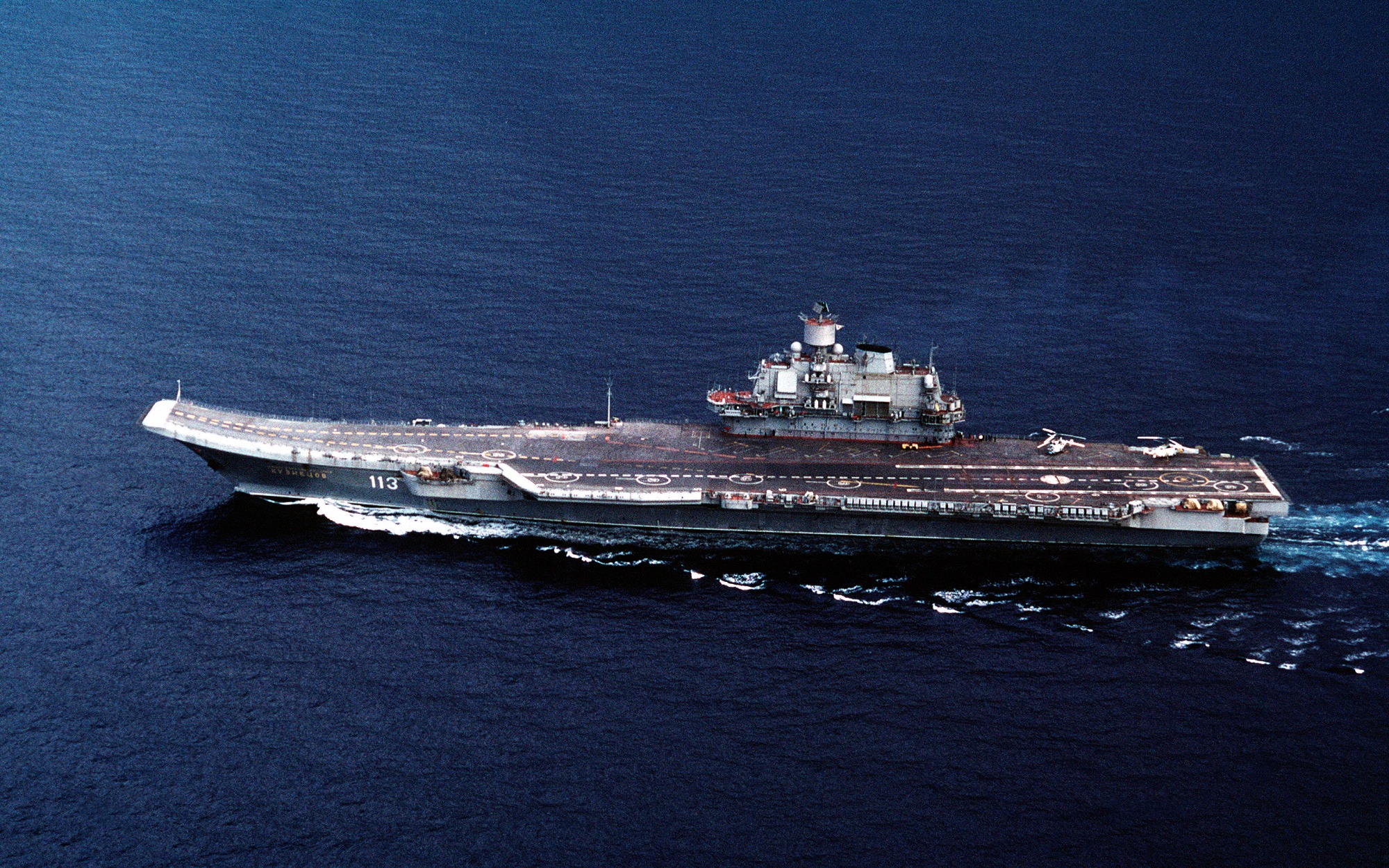
Black Smoke Is Not the Only Problem
What’s more humiliating is that the Kuznetsov has been in re-fit mode since 2018. Little has gone right.
A crane fell on the flight deck in an accident that killed one laborer that year. There was a fire in the engine room in 2019 and two people perished while 14 others were injured. To add to the difficulty, a shipyard director was charged in 2021 for embezzling around $600,000 from the repair budget at the Polyarny Yard.
The dry dock itself is also damaged which means those repairs will elongate the time horizon for ship-work. The carrier may not hit the seas for trials for many months or even years.
There was another fire as well back in 2022.
As for the black smoke, it will likely not be addressed by workers before the dry dock is fixed. It seems that Mazut is the least of the ship’s worries. The Admiral Kuznetsov is under plenty of duress that will make its return unlikely any time soon. The black smoke is just a reminder that the carrier has led a cursed life.
About the Author
Brent M. Eastwood, PhD, is the author of Humans, Machines, and Data: Future Trends in Warfare. He is an Emerging Threats expert and former U.S. Army Infantry officer. You can follow him on Twitter @BMEastwood.
All images are Creative Commons.
